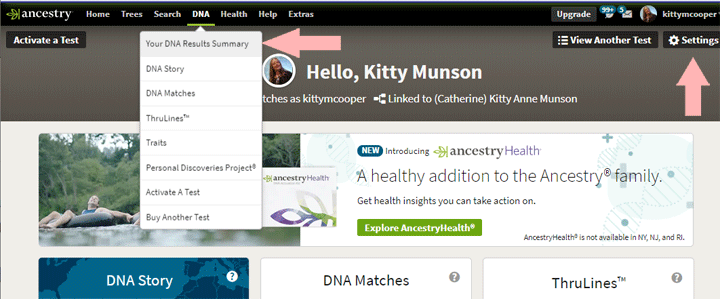

The most common reason to contact a DNA match at Ancestry is if you match someone, and especially if you share a shakey leaf hint with them, meaning you have a common ancestor in your trees – but your match’s tree is private and you can’t see who that common ancestor might be. The most common reason to contact someone you match at Family Tree DNA is if you are a match to them and they have not uploaded or created a family tree.Īncestry also uses an internal messaging system. You can search by current or ancestral surname. Participants can upload their GEDCOM files, create family trees and enter a list of ancestral surnames. If permission is granted, you can then begin a dialogue about common ancestors and how you might match that person.Īt Family Tree DNA, you are provided with the e-mail address of everyone that you match within each person’s privacy selections. 23andMe has an internal messaging system that facilitates you sending a permission request to your matches.
How to invite someone to see my dna matches on ancestry dna tv#
That only happens on the genealogy TV shows:)īecause of the different ways the various vendors have implemented their DNA matching software, there are different reasons why you might want to contact your matches.Īt 23andMe, you cannot send messages to your matches or share your matching DNA segments unless you obtain permission from each match to first communicate with them and then to share matching DNA segments, which can be one or two separate permissions. One thing that doesn’t happen is that your new genealogy is not delivered to you gift wrapped and all you have to do is open the box, untie the bow around the scroll, and roll it down the hallway. Regardless of which of these goals you had when you tested, or have since developed, now that you know what is possible – most of the options are going to require you to do something – often contacting your matches.

I want to map my chromosomes to my ancestors.I want to confirm my genealogy is correct.There are, in general, 4 types of goals that people have when they test their autosomal DNA – if they have any specific goals: In the first part of this two part series, Autosomal DNA Testing 101 – What Now?, we talked about the different kinds of things you can do when you receive your autosomal DNA test results from either Family Tree DNA, Ancestry or 23andMe.


 0 kommentar(er)
0 kommentar(er)
